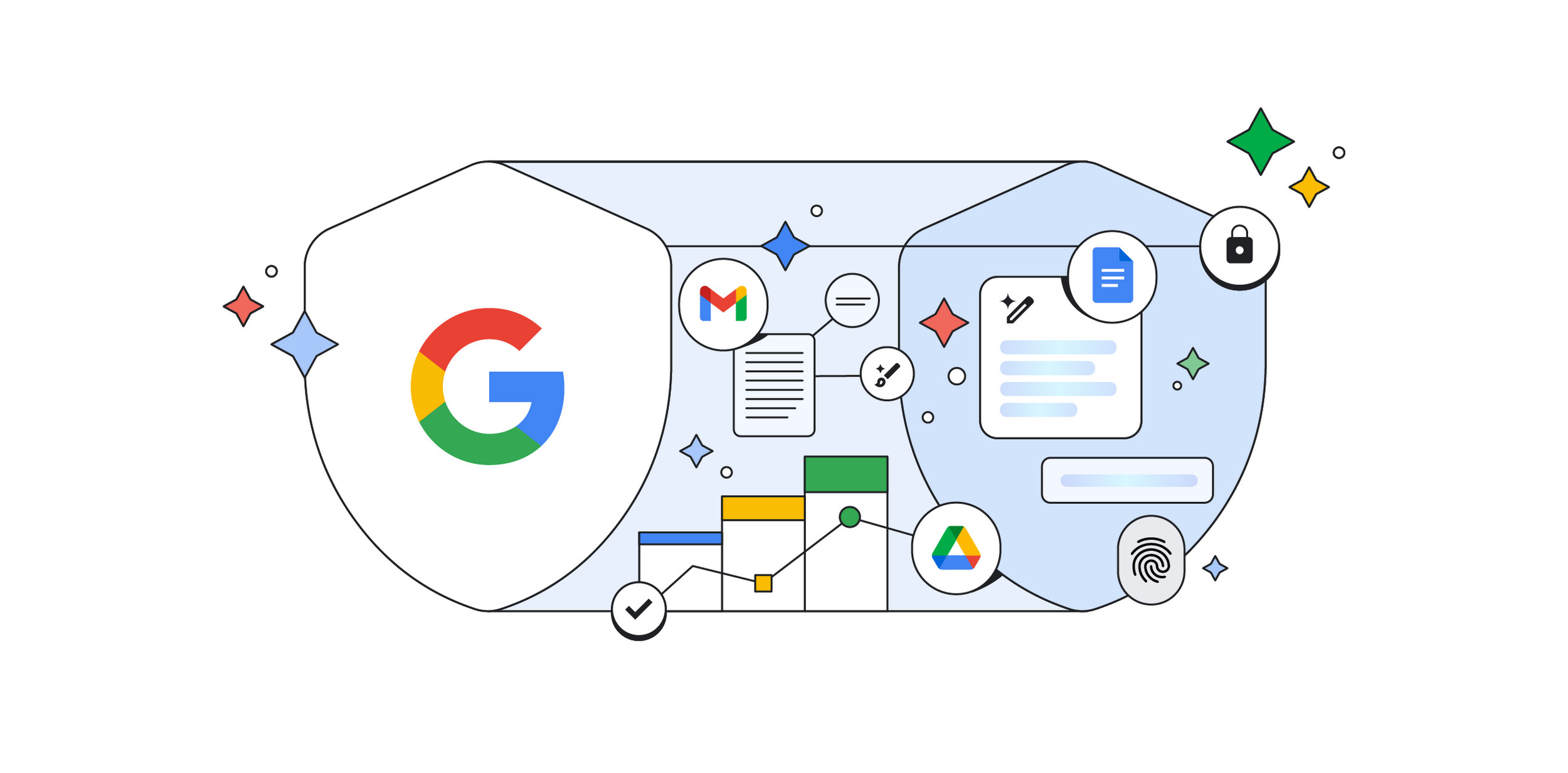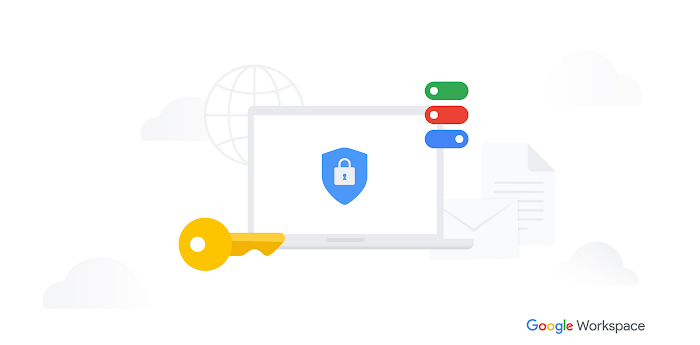Why legacy IT security systems are failing in the modern threat landscape

The Google Workspace Team
Google Workspace Newsletter
Keep up with the evolving future of work and collaboration with insights, trends, and product news.
SIGN UPSnapshot: As legacy systems struggle to stay ahead of surging cyberattacks, we recently gathered security experts from Google Workspace, Mandiant, and Google Chrome to discuss how organizations can find a more secure path forward. Watch the conversation on-demand to learn:
Why cyberattacks are increasingly common
Proactive defense strategies
How to rethink your security posture with a cloud-native approach
The new threat landscape
The escalating frequency and sophistication of cyberattacks have cast a spotlight on the vulnerabilities of legacy IT systems. The financial incentives for cybercriminals, coupled with the inherent weaknesses of outdated on-premises systems that require frequent patching, create a perfect storm for security breaches. The traditional technology stack that was built before the internet age is proving increasingly risky in the face of modern threats. Experts from Google Workspace, Mandiant, and Google Chrome recently came together to discuss the limitations of legacy IT and how Google's cloud-native solutions offer a more secure path forward.
A secure alternative to the “old legacy IT stack”
As Andy Wen, product leader for Google Workspace Security, pointed out in the panel, "the old legacy IT stack is not working." The limitations of legacy IT systems stem from their outdated design, conceived in an era before the internet's ubiquity. The reliance on thick clients, manual updates, and on-premises infrastructure creates vulnerabilities that are easily exploited by modern attackers.
Loren Hudziak, customer engineer from ChromeOS, shared how Google's ChromeOS has a read-only design, cloud-first approach, and automatic updates, which offers a fundamentally more secure approach, especially when combined with the built-in security features of Google Workspace. The misconception that on-prem systems are inherently safer than the cloud was debunked with recent data and insights during the panel discussion.


The human element in cybersecurity
While technology is crucial, employee education and user-friendly security features are equally vital. Google Workspace and Chrome prioritize secure defaults and built-in safeguards to minimize risks associated with human error. During the panel discussion, the experts acknowledged the challenges of transitioning from legacy systems but underscored the long-term benefits, including enhanced security, cost savings, and improved productivity. Andy Wen also highlighted how readily younger employees embrace this new way of working: "After the switch, these companies also find that the new generation of workers will come in already experienced using Google Workspace applications in their educational context."
Learn more
Don't wait for a breach to expose the weaknesses of your legacy IT infrastructure. Watch the full panel discussion on demand or contact us today and discover how Google can help you navigate the complexities of modern IT security.


